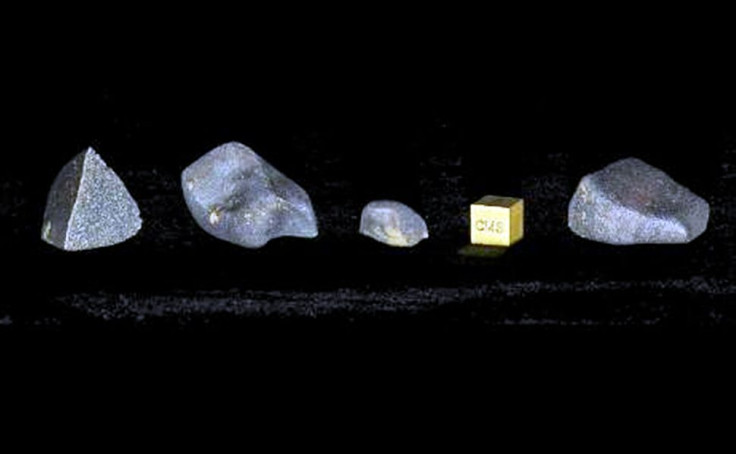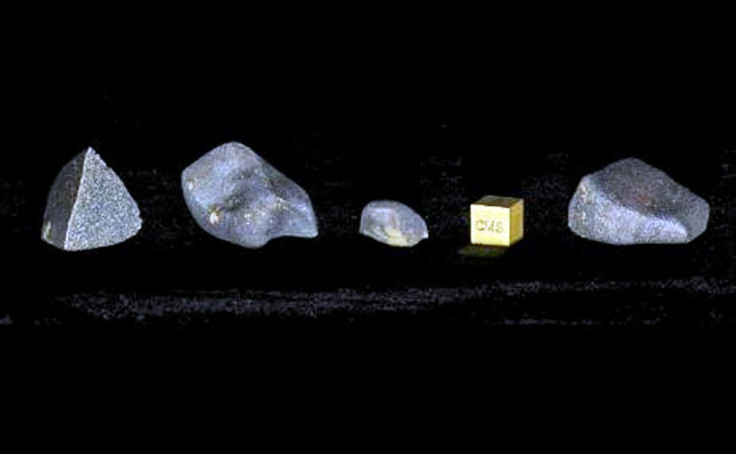Meteorite Crashes Into Doghouse In Costa Rica

You’re 120 times more likely to be killed by a meteorite, asteroid, or comet strike than you are to win the Powerball lottery. The odds of being struck by a rock from space is 1 in 1.6 million.
Actually, those odds still mean it’s highly unlikely you’ll get hit by a plummeting space rock in your lifetime. You’re more likely to die from other, more mundane causes closer to home.
A paper published in 2014 showed there’s a 1 in 90 chance of dying from a car accident, 1 in 250 from a fire, 1 in 60,000 from a tornado, 1 in 135,000 from a lightning strike and 1 in 8 million from a shark attack.
Which brings us to this odd piece of news.
On April 23, a “clay-rich meteorite” the size of a washing machine slammed into the atmosphere and disintegrated in the air above the town of Aguas Zarcas in Costa Rica. Scientists explained that clay-rich meteorites are water-rich minerals that originated in space. They're also fragile and rain can cause this type of meteorite to crumble. This means clay-rich meteorites are also very rare.
A fragment from the original meteorite penetrated the roof of a doghouse in the town. It missed the dog named Rocky but gave scientists an outer space rock they could study to their heart’s content.
"It formed in an environment free of life, then was preserved in the cold and vacuum of space for 4.56 billion years, and then dropped in Costa Rica last week," said Laurence Garvie, a curator at Arizona State University's Center for Meteorite Studies.
"Nature has said 'here you are,' and now we have to be smart enough to tease apart the individual components and understand what they are telling us."
Garvie and his colleagues are now analyzing fragments collected at Aguas Zarcas after a hunt that lasted five days. Thankfully, there was no rain throughout the five-day hunt, allowing scientists to collect intact fragments of the meteorite.
To protect their precious finds, the scientists placed the fragments they collected inside nitrogen cabinets that currently preserve them.
"If you left this carbonaceous chondrite in the air, it would lose some of its extraterrestrial affinities," Garvie said. "These meteorites have to be curated in a way that they can be used for current and future research."
Garvie described the Aguas Zarcas meteorite as a carbonaceous chondrite because it is mosly composed of clay. In other words, it’s a mud ball.
The high clay content will one day allow scientists to better understand how humans can extract water out of asteroids that can be processed into drinkable water or rocket fuel.
"Carbonaceous chondrites are relatively rare among meteorites but are some of the most sought-after by researchers because they contain the best-preserved clues to the origin of the solar system," said Meenakshi Wadhwa, who leads the meteorite center.

Published by Medicaldaily.com



























